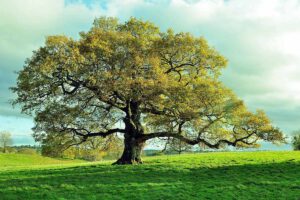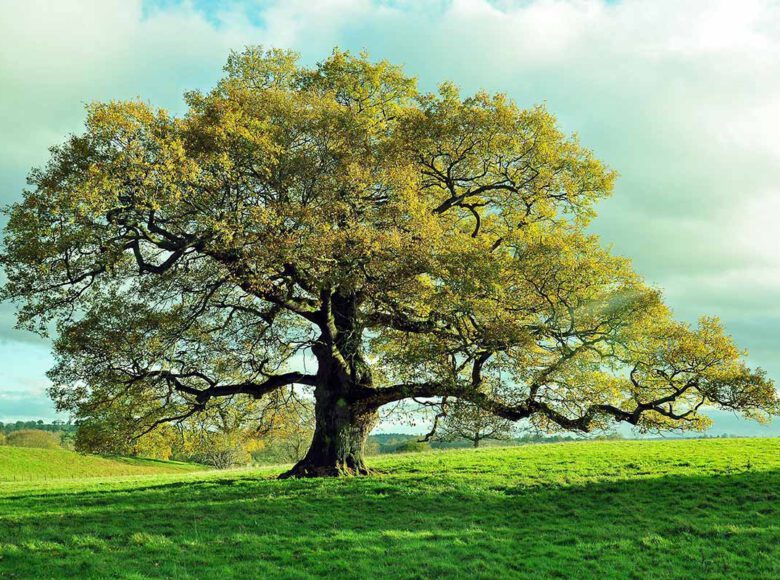For those living in the Niagara Region, oak trees are not just another type of tree; they’re an integral part of our urban forest, contributing to both the natural beauty and ecological balance of our communities which is why winter pruning is crucial. However, a recent confirmation of Oak Wilt in the area has put these beloved giants at risk, making it more crucial than ever to practice responsible pruning methods. This blog focuses on why winter is the best time for residents of the Niagara Region to prune their oaks, especially in the light of the emerging threat of Oak Wilt.
The Urgency of Oak Wilt in Niagara Region
Oak Wilt is a fatal disease caused by the fungus Bretziella fagacaerum, which disrupts the water and nutrient flow within oak trees, causing them to wilt and ultimately die. This disease is particularly worrisome because it spreads rapidly, either through root grafts between adjacent oak trees or through vectors, such as sap beetles. Given its recent confirmation in the Niagara Region, Oak Wilt represents an immediate and serious threat to our local oak population.
causing them to wilt and ultimately die. This disease is particularly worrisome because it spreads rapidly, either through root grafts between adjacent oak trees or through vectors, such as sap beetles. Given its recent confirmation in the Niagara Region, Oak Wilt represents an immediate and serious threat to our local oak population.
The Hazards of Spring and Summer Pruning
Many residents may not be aware that pruning in late spring and summer can elevate the risk of Oak Wilt. Fresh wounds created during pruning will naturally ooze sap, which attracts sap beetles who can carry Oak Wilt spores. These beetles can spread the fungus to healthy trees, initiating the devastating cycle of infection.
Why Winter Pruning is the Safest Option
- Minimized Insect Activity
- In winter, the cold temperatures deter most insects, including sap beetles. This makes it less likely for them to encounter freshly pruned oaks, reducing the risk of spreading Oak Wilt.
- Tree Dormancy
- During winter months, oak trees are in a dormant state. With minimal sap flow, they are less attractive to beetles. This dormancy also means that the tree is under less stress, allowing it to heal more efficiently from pruning cuts and thereby reducing the susceptibility to diseases.
- Optimal Resource Allocation
- Pruning during winter allows the tree to direct its stored energy towards the remaining healthy branches, facilitating stronger and more vigorous growth once spring arrives. This makes trees more resilient, better equipped to resist disease, and more likely to thrive in the upcoming growing season.
Additional Precautions for Niagara Residents
Given the urgency of Oak Wilt in the Niagara Region, it’s also important to sterilize pruning equipment between trees and ideally, between different parts of the same tree if you suspect infection. The lower risk associated with winter pruning does not eliminate the need for these precautions.
Conclusion
The oak trees in the Niagara Region are an invaluable part of our local environment and heritage. Given the recent confirmation of Oak Wilt, it is our collective responsibility to take steps to mitigate the spread of this deadly disease. Winter pruning emerges as the safest option, offering numerous advantages including minimized insect activity, reduced stress on the tree, and optional resource allocation for future growth. Let’s protect our oaks and preserve the beauty and ecological balance they bring to our community!
